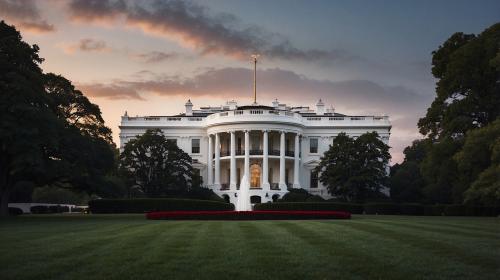William H. Frey’s latest book, “Diversity Explosion: How New Racial Demographics are Remaking America,” was released earlier this year.
This post was updated on September 10, 2018 with Census Bureau revisions as of September 6, 2018.
New census population projections confirm the importance of racial minorities as the primary demographic engine of the nation’s future growth, countering an aging, slow-growing and soon to be declining white population. The new statistics project that the nation will become “minority white” in 2045. During that year, whites will comprise 49.7 percent of the population in contrast to 24.6 percent for Hispanics, 13.1 percent for blacks, 7.9 percent for Asians, and 3.8 percent for multiracial populations (see Figure 1).
The shift is the result of two trends. First, between 2018 and 2060, gains will continue in the combined racial minority populations, growing by 74 percent. Second, during this time frame, the aging white population will see a modest immediate gain through 2024, and then experience a long-term decline through 2060, a consequence of more deaths than births (see Figure 2).


Among the minority populations, the greatest growth is projected for multiracial populations, Asians and Hispanics with 2018–2060 growth rates of 176, 93, and 86 percent, respectively. The projected growth rate for blacks is 34 percent.* The demographic source of growth varies across groups. For example, immigration contributes to one-third of Hispanic growth over this time span, with the rest attributable to natural increase (the excess of births over deaths). Among Asians, immigration contributes to three quarters of the projected growth.
These new projections differ from those that the census previously released in 2014. Those projected a minority white tipping point in the year 2044 due to larger projected immigration and somewhat greater growth for several minority groups. The national growth was also somewhat larger in the 2014 projections. The U.S. was predicted to reach a population of 400 million in the year 2051 compared with 2058 in the new projections.
“Minority white” tipping points differ by age
Because minorities as a group are younger than whites, the minority white tipping point comes earlier for younger age groups. As shown in Figure 3, the new census projections indicate that, for youth under 18–the post-millennial population–minorities will outnumber whites in 2020. For those age 18-29–members of the younger labor force and voting age populations–the tipping point will occur in 2027.

The new census projections indicate that, for youth under 18–the post-millennial population–minorities will outnumber whites in 2020
These tipping point years occur later for older age groups, meaning that seniors, age 60 and above, will continue to be majority white after the year 2060. The latter can be attributable in the near term to the staying power of the largely white baby boom. In fact, over the 2018–2060 time span, the only white age group that does not lose population is the 65 and older age group, an age group that, overall, grows far more rapidly than any other.
Youthful diversity as a counterweight to aging whites
Clearly it is the growth of the nation’s youthful minority population–attributable to a combination of past and present immigration and births among younger minority groups–that is keeping the nation from aging even faster than would otherwise be the case.
Figure 4 makes clear how important minority populations will become for the nation’s youth even through 2060. At that point in time, the census projects whites will comprise only 36 percent of the under age 18 population, with Hispanics accounting for 32 percent. This contrasts sharply with the minority contribution to the nation’s seniors, which will still be over half white.

Because racial minorities are projected to account for all of the nation’s youthful population growth over the next 42 years, they will sharply decelerate national aging. Already in 2018, there will be more white seniors than children and more white deaths than births according to census projections. Yet, neither will be the case for the combined minority population for the projected 2018–2060 time frame.
Minorities will be the source of all of the growth in the nation’s youth and working age population, most of the growth in its voters, and much of the growth in its consumers and tax base as far into the future as we can see. Hence, the more rapidly growing, largely white senior population will be increasingly dependent on their contributions to the economy and to government programs such as Medicare and Social Security. This suggests the necessity for continued investments in the nation’s diverse youth and young adults as the population continues to age.
(In 2060) the census projects whites will comprise only 36 percent of the under age 18 population, with Hispanics accounting for 32 percent
* Growth rates for multiracials, Asians and blacks pertain to non-Hispanic members of those groups.








Commentary
The US will become ‘minority white’ in 2045, Census projects
Youthful minorities are the engine of future growth
March 14, 2018